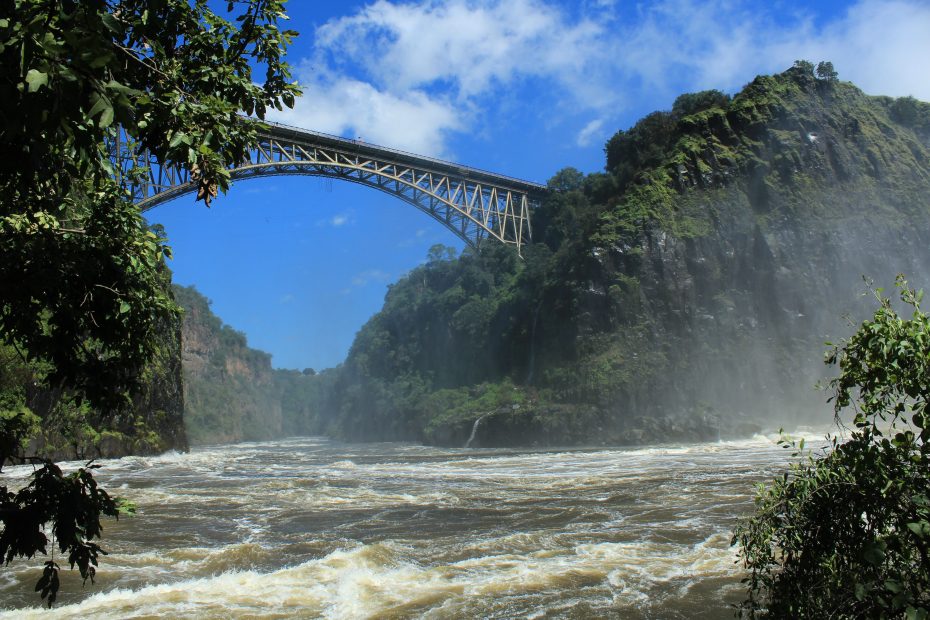Table of Contents
Introduction
Zimbabwe is often associated with famous tourist magnets like Victoria Falls and Hwange National Park. But beyond its classic destinations lies a trove of under-the-radar gems waiting to be explored. From ancient ruins to rugged mountains, Zimbabwe has no shortage of sites that provide an offbeat experience. These hidden spots showcase the country’s incredible diversity and offer a sense of discovery for those looking to venture beyond the beaten path. Let’s uncover Zimbabwe’s hidden gems and the many delights these offbeat destinations have to offer.
Matobo Hills
The Matobo Hills are a uniquely beautiful and spiritually significant site located just outside Zimbabwe’s second-largest city, Bulawayo. This range of granite hills and spires has been inhabited for centuries and contains many Bushman cave paintings within its rocky outcrops. The landscape resembles a giant’s playground, with precariously balanced boulders and fascinating rock formations dotted across lush valleys.
The Matobo Hills are home to an abundance of wildlife, including leopards, hippos, rhinos and over 180 species of birds. Visitors can enjoy hiking trails, bird watching or visiting one of the most important rhino sanctuaries in Africa at Matobo National Park. Mystical aura and great hiking makes this an intriguing offbeat option.
Great Zimbabwe Ruins
As the name suggests, the Great Zimbabwe Ruins are the remains of a medieval city that was once the capital of the Kingdom of Zimbabwe. It is believed to have been inhabited from around the 11th to 15th centuries. The site has immense archaeological significance and contains temples, passageways and concentric stone walls up to 11 meters high, all built without mortar.
Despite its immense cultural heritage, the Great Zimbabwe Ruins see far fewer visitors than modern day tourist hubs. For those willing to make the journey, the ruins provide a glimpse into medieval African kingdoms and the chance to wander through the incredible stone architecture undisturbed.
Mana Pools National Park
Mana Pools National Park sits on the banks of the Zambezi River and is known for incredible wildlife encounters. But unlike the more crowded parks, Mana Pools provides an off-the-grid wilderness experience. Visitors can experience nature drives, walking safaris, canoeing adventures and remote wilderness camping in the park.
Mana Pools provides frequent sightings of Africa’s giants – elephants, buffalos, hippos and crocodiles along with lions, wild dogs, hyenas, zebras, and over 400 species of birds. The lifeblood Zambezi River also acts as the border with Zambia, providing views of unspoiled nature. The park offers a truly wild and offbeat safari experience.
Eastern Highlands
Dotted with pine-clad mountains, lush valleys and cosy small towns, Zimbabwe’s Eastern Highlands provide a temperate escape from the heat. Situated along the border with Mozambique, this region is home to botanical gardens, hiking trails, mountain retreats and Zimbabwe’s finest tea estates.
Places like Vumba Botanical Gardens contain exotic plants, landscaped gardens and picturesque walks with striking views. Hikers can conquer lofty peaks including the second highest mountain in the country, while visitors can also relax at serene towns like Mutare. The cool pleasant climate and gorgeous scenery make the Eastern Highlands an underrated gem.
Gonarezhou National Park
Gonarezhou is the country’s second largest national park but sees very few visitors compared to other safari hotspots. This vast wilderness of 5,000 square km contains varied landscapes from granite hills to sandstone cliffs, rivers and savannas. Diverse wildlife roams freely including the ‘Big Five’ – lions, leopards, elephants, buffalos and rhinos.
The park’s isolation gives it an untouched rugged feel, while the lack of crowds provides exclusivity. Self-drive safaris are possible or visitors can book a guide. The park offers an iconic African safari experience away from the masses.
Chimanimani Mountains
The Chimanimani Mountains form the border between Zimbabwe and Mozambique and provide one of Zimbabwe’s most spectacular hidden gems. This pristine wilderness contains crystal clear streams, rugged peaks reaching up to 2,400 meters and scenic hiking trails including the 21 km Transborder route.
Flower filled valleys, waterfalls, viewpoints and unspoiled villages can be discovered while hiking through the ranges. The untouched paradise and breathtaking vistas of the Chimanimanis make it a peaceful, offbeat destination for adventure seekers.
Conclusion
Zimbabwe dazzles with its iconic waterfalls and abundant wildlife, but look beyond the highlights and you’ll find underrated destinations begging to be discovered. Ancient ruins, dramatic landscapes and untouched parks offer intrepid travelers the chance to uncover Zimbabwe’s fabulous secrets. By exploring unsung places, visitors can immerse themselves in Zimbabwe’s rich culture, diverse ecosystems and wealth of year-round adventures. Don’t just stick to the regular tourist circuit. Go off-grid and let Zimbabwe’s hidden gems captivate you!
FAQs
FAQ 1: What is the best time of year to visit Zimbabwe’s hidden gem destinations?
The cooler dry season from April to October is ideal for most parks and hikes. But the rainy season from November to March is greener with migrating birds.
FAQ 2: How easy is self-driving in Zimbabwe?
Self-driving is possible, but a 4×4 vehicle is recommended for going off-tarmac or to parks. Always seek advice on road safety before venturing to remote areas.
FAQ 3: Are Zimbabwe’s hidden gems safe to visit?
Most of Zimbabwe is very safe, including top attractions. But always exercise reasonable precaution, avoid isolated areas at night and check government travel advisories.
FAQ 4: What should I pack for visiting hidden gems?
Sturdy shoes, lightweight clothing, sun protection, binoculars, flashlight, mosquito repellent, first aid kit, snacks, and plenty of camera memory cards!
FAQ 5: How can I best explore hidden gems responsibly?
Support local communities, leave sites as you found them, follow rules, keep your distance from wildlife, and consider offsetting your carbon footprint from flights.
